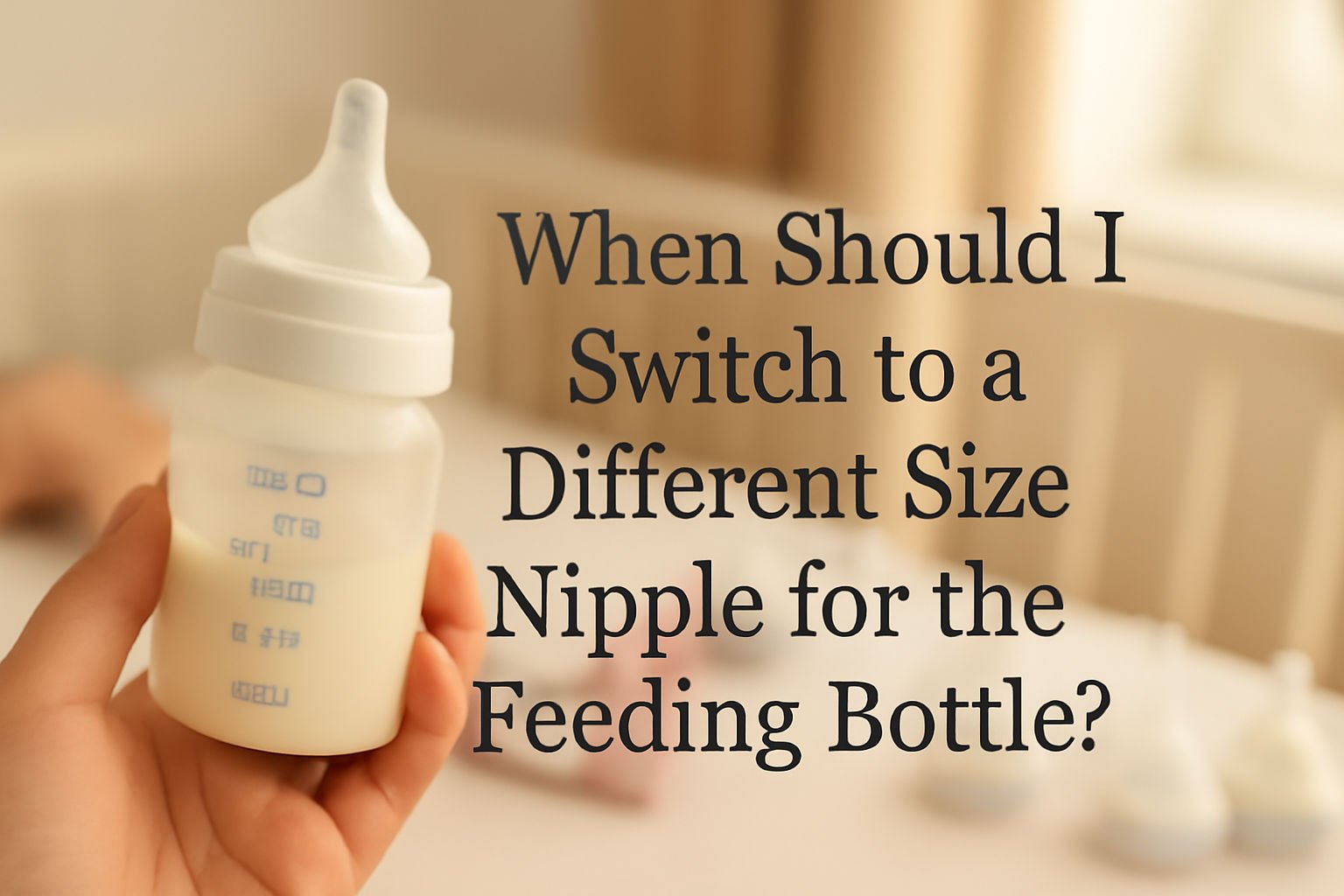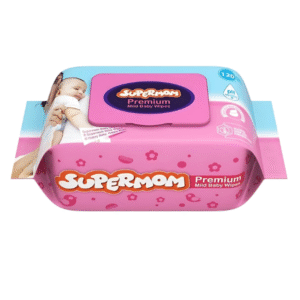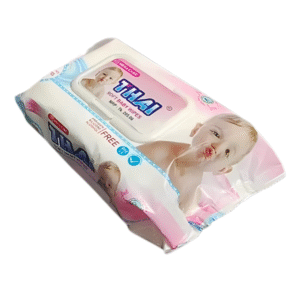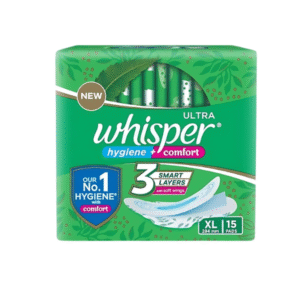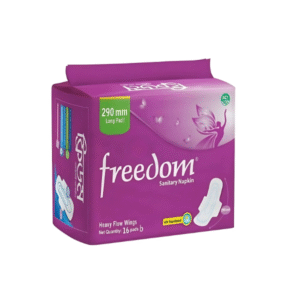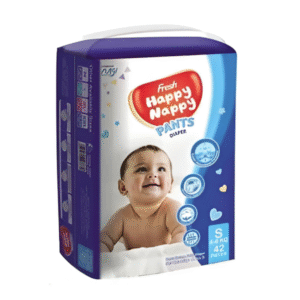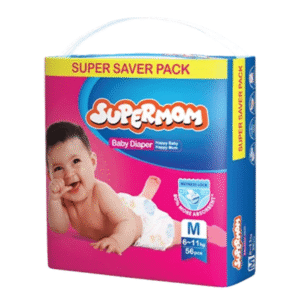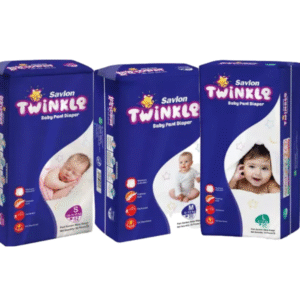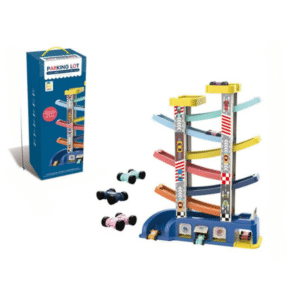Feeding your baby safely and comfortably is essential for healthy growth and development. A key aspect of bottle feeding is choosing the right nipple size and flow rate. Using the wrong nipple can lead to choking, overfeeding, colic, or feeding frustration.
At Baby World Bangladesh, we provide high-quality feeder bottles, nipples, and nursing accessories designed to support proper feeding, hygiene, and comfort for both babies and parents. This guide will help you understand when and why to switch to a different size nipple.Best Baby Feeder Bottles : Baby World Bangladesh
Why Nipple Size Matters
The nipple is a critical component of a feeding bottle. The correct nipple size ensures:
- Proper Milk Flow: Slow flow for newborns, faster flow for older infants.
- Comfortable Feeding: Prevents gagging, choking, or milk spilling.
- Latch and Oral Development: Mimics natural breastfeeding and supports oral muscle development.
- Digestive Comfort: Prevents swallowing air, reducing gas, colic, and spit-up.
Using the wrong nipple can cause:
- Choking hazards for newborns if flow is too fast.
- Frustration and refusal to feed if flow is too slow for older babies.
- Increased air intake, leading to gas or colic.
Factors to Consider When Choosing Nipple Size
1. Baby’s Age
- Newborns (0–3 months): Require slow-flow nipples to feed safely and comfortably.
- 3–6 months: Medium-flow nipples may be suitable as baby learns to suck more efficiently.
- 6+ months: Fast-flow nipples can accommodate increasing appetite and oral strength.
2. Milk Type
- Breast Milk: Babies may need a slow-flow nipple to avoid overfeeding and mimic natural breast flow.
- Formula Milk: Some babies handle formula with a slightly faster flow due to thicker consistency.
3. Baby’s Feeding Style
- Some babies are strong suckers and may need a larger hole sooner.
- Others feed slowly and require a smaller, slower-flow nipple.
4. Signs That Indicate a Nipple Change
Parents should monitor baby’s response to feeding. Common signs include:
- Excessive Milk Dripping: Flow too fast; baby may cough or choke.
- Frustration or Extended Feeding Time: Flow too slow; baby may get tired or fussy.
- Gagging, Coughing, or Spitting Up: Could indicate the flow is too fast.
- Milk Buildup in Mouth: Baby unable to swallow properly due to slow flow.
How to Safely Switch Nipple Sizes
Step 1: Observe Your Baby
- Watch feeding patterns and note any signs of struggle or discomfort.
Step 2: Choose the Appropriate Flow
- Slow flow (0–3 months) – Small hole, gentle flow.
- Medium flow (3–6 months) – Slightly larger hole for faster feeding.
- Fast flow (6+ months) – Larger hole for older babies with stronger sucking.
Step 3: Introduce Gradually
- Offer the new nipple for one or two feeds.
- Monitor baby’s reaction and adjust if necessary.
Step 4: Check for Compatibility
- Ensure the nipple fits the bottle securely to prevent leaks.
- Use bottles designed for easy nipple replacement for safe and convenient switching.
Step 5: Inspect Nipples Regularly
- Look for wear and tear, cracks, or discoloration.
- Replace nipples every 2–3 months or sooner if damaged.
Tips for Parents
- Rotate Bottles and Nipples: Allows for easy cleaning, sterilization, and monitoring.
- Label Nipple Sizes: Helps track which baby is using which flow.
- Avoid Force Feeding: If baby struggles with a new nipple, revert temporarily and try again later.
- Monitor Digestion: Changes in flow may affect gas, spit-up, or colic; adjust if needed.
- Use Compatible Products: Bottles and nipples from Baby World Bangladesh are designed for safe, easy switching.
How Baby World Bangladesh Supports Safe Feeding
Our products are designed to support proper nipple selection and safe feeding:
- Wide Range of Nipples: Slow, medium, and fast-flow options.
- High-Quality Materials: BPA-free, durable, and safe for repeated use.
- Easy-to-Use Designs: Wide-neck bottles allow quick nipple changes.
- Wearable Pump Integration: Direct milk collection reduces handling and contamination.
- Guidance for Parents: Expert tips on nipple selection, feeding techniques, and hygiene.
By using appropriate nipples, parents can ensure comfortable feeding, reduced colic, and safe digestion for their baby.
When to Consult a Pediatrician
- Persistent feeding difficulties, gagging, or choking.
- Noticeable weight loss or poor growth despite regular feeding.
- Suspected lactose intolerance or formula reaction.
A pediatrician can advise on nipple size, flow rate, and feeding techniques. Top Baby Feeder Bottles : Baby World Bangladesh
Final Thoughts
Switching to the right nipple size at the right time is essential for safe, comfortable, and effective feeding. Slow-flow nipples are ideal for newborns, while older babies may require medium or fast-flow options as they develop stronger sucking skills.
At Baby World Bangladesh, our feeder bottles, nipples, and nursing accessories are designed for easy switching, safe feeding, and optimal hygiene. By monitoring your baby’s feeding behavior and adjusting nipple sizes appropriately, you ensure healthy growth, comfort, and a stress-free feeding experience.
For more guidance or to explore our range of safe, high-quality feeder bottles and nipples, visit Baby World Bangladesh today.

